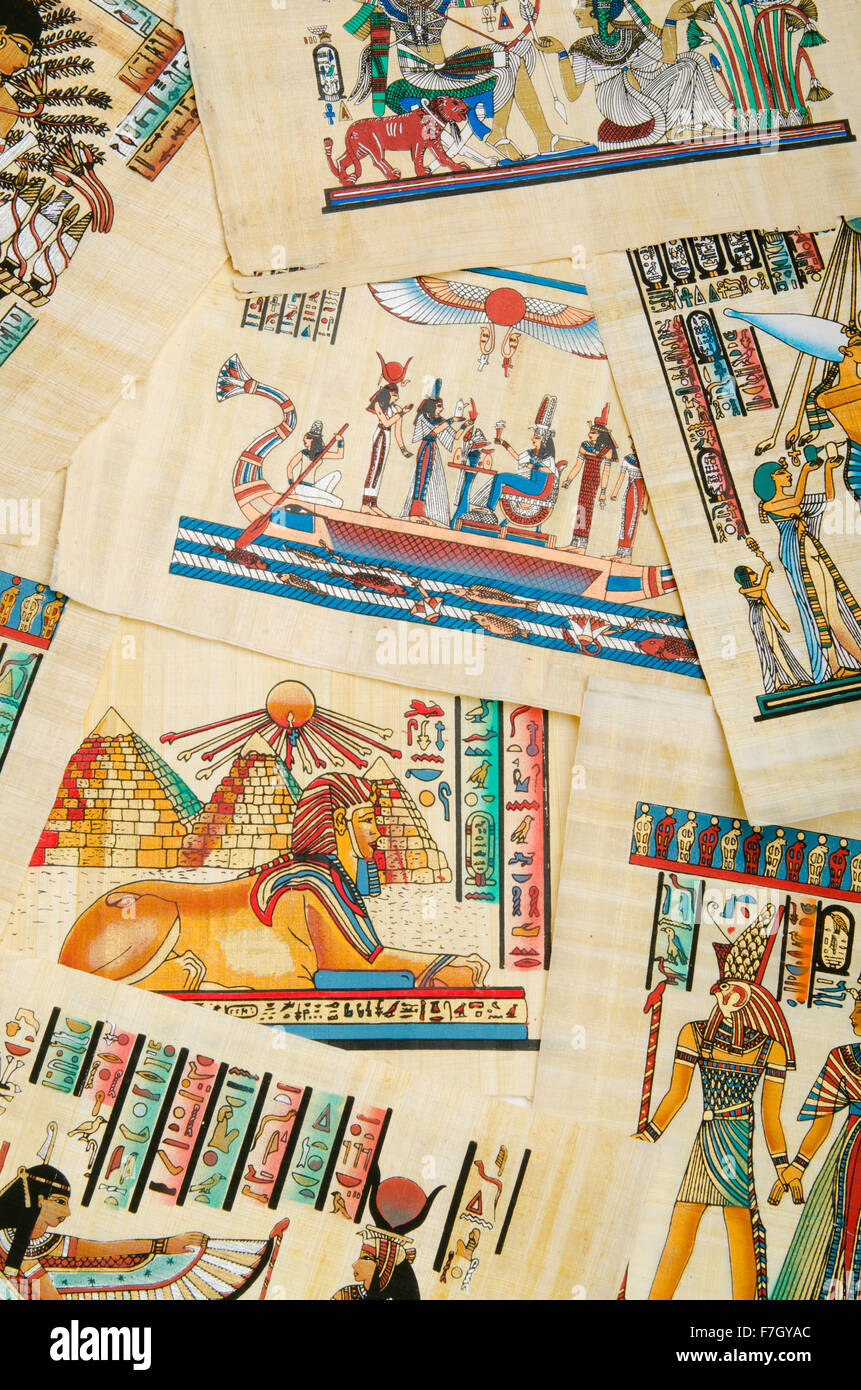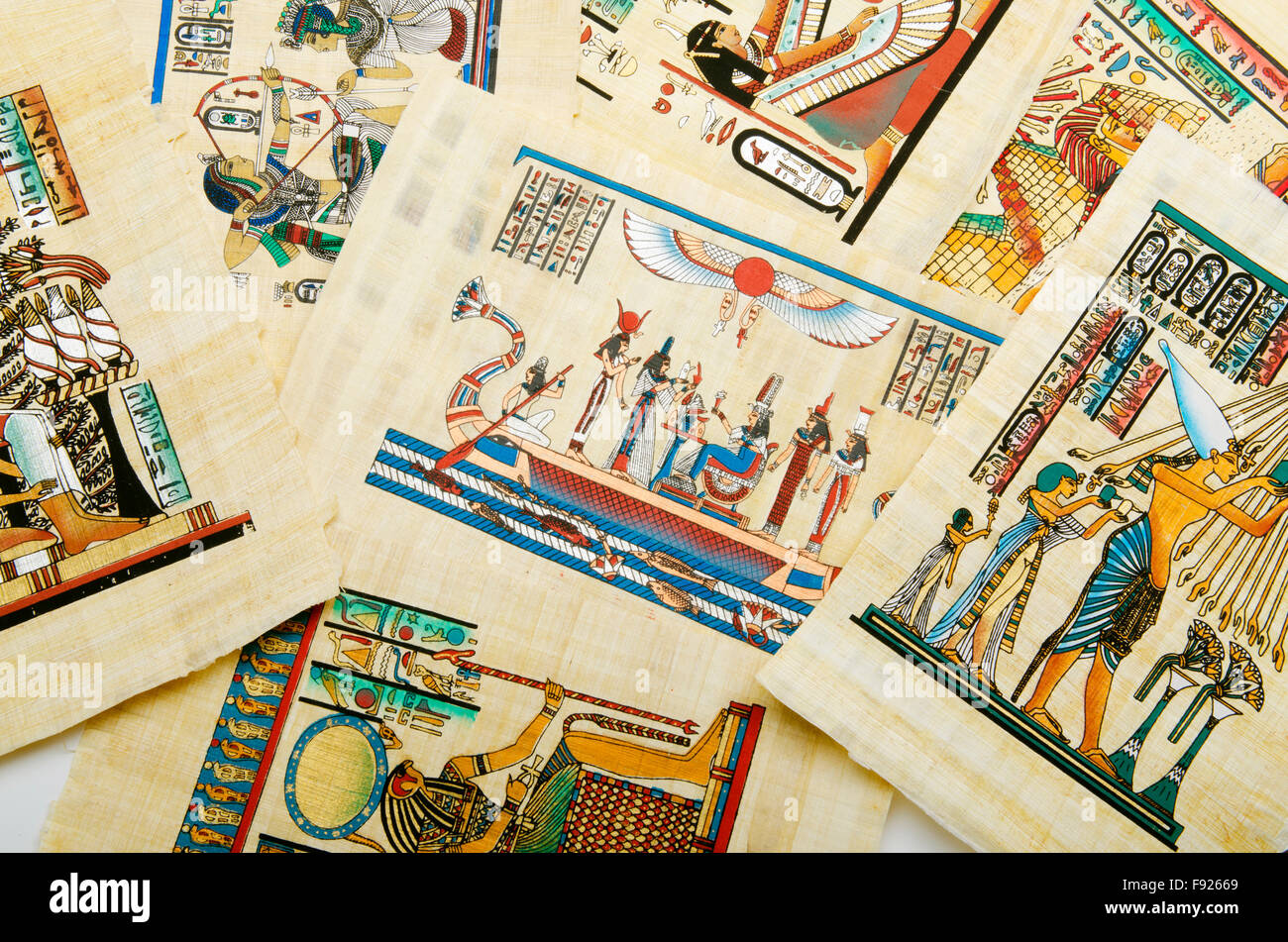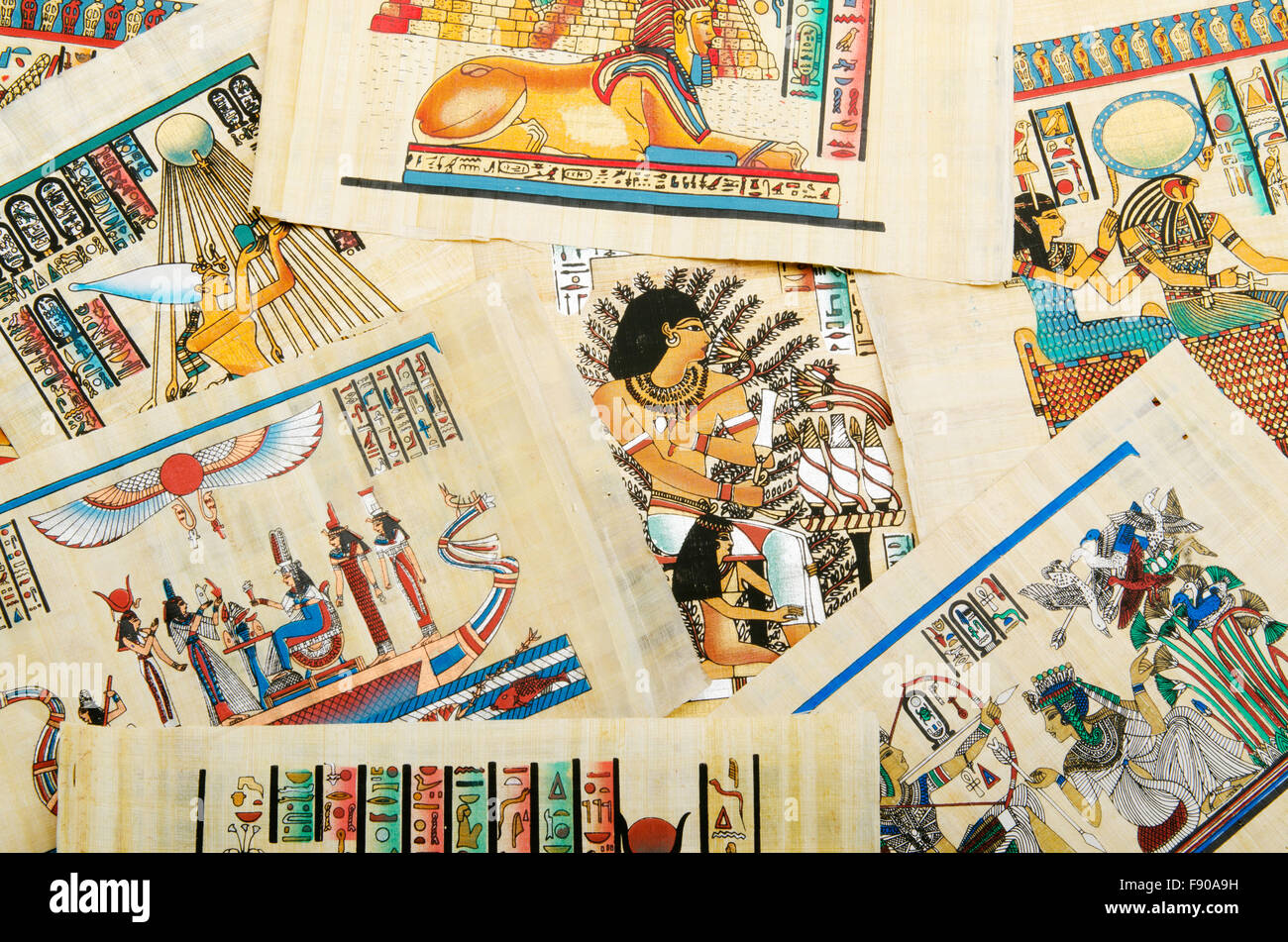Iran-Israel Conflict: Decades Of Hostility Unveiled
The Iran-Israel conflict, once a simmering tension, has erupted into one of the most volatile geopolitical flashpoints of our time. What began as years of underlying tension has now transformed into one of the biggest military clashes in the region’s recent history, drawing global attention and raising fears of wider escalation. This complex and deeply rooted animosity is not new; it has evolved over decades, shifting from a period of pragmatic cooperation to an era of overt confrontation.
Understanding the intricate layers of this enduring rivalry requires a deep dive into its historical trajectory. From cordial relations during the Cold War to the ideological chasm forged by the Iranian Revolution, and from the clandestine battles of shadow warfare to the recent, unprecedented direct military exchanges, the relationship between Iran and Israel has been on a perilous path. This article will explore the pivotal moments and defining characteristics of the Iran-Israel conflict, shedding light on its origins, escalation, and the profound implications for the Middle East and beyond.
Table of Contents
- From Covert Allies to Open Adversaries: The Early Years
- The Iranian Revolution: A Paradigm Shift
- The Gulf War and the Dawn of Open Hostility
- Shadow Warfare: A Decades-Long Dance of Clandestine Attacks
- Escalation Points: From Shadows to Direct Confrontation
- The Gaza War's Impact: Open Confrontation and Regional Proxies
- The Perilous Path: A Missile and Drone War
- The Geopolitical Landscape: Defining Tension and Future Outlook
From Covert Allies to Open Adversaries: The Early Years
To grasp the current intensity of the Iran-Israel conflict, it's crucial to understand its surprising beginnings. For much of the Cold War, the relationship between Iran and Israel was, remarkably, cordial. Prior to the 1979 Islamic Revolution, under the rule of Shah Mohammad Reza Pahlavi, Iran maintained a discreet but significant relationship with Israel. While formal diplomatic ties were not openly declared due to regional sensitivities, both nations shared common strategic interests, primarily containing Arab nationalism and Soviet influence in the Middle East. This shared objective fostered a pragmatic alliance, particularly in intelligence sharing and security cooperation.
A notable example of this understated alliance can be seen in the aftermath of the 1967 Six-Day War. Iran was not a direct participant in that conflict, and after Israel achieved a decisive victory, it established ties with the Jewish state. This period saw a flow of trade, oil, and even covert military cooperation, demonstrating a relationship built on mutual strategic benefits rather than ideological alignment. This cordiality, however, was destined to be short-lived, as internal dynamics within Iran were rapidly approaching a revolutionary tipping point that would fundamentally alter the geopolitical landscape of the region.
The Iranian Revolution: A Paradigm Shift
The year 1979 marked a monumental turning point in the history of the Middle East and, critically, in the Iran-Israel conflict. The Iranian Revolution, which saw the overthrow of the pro-Western Shah and the establishment of the Islamic Republic under Ayatollah Ruhollah Khomeini, fundamentally reshaped Iran's foreign policy. The new revolutionary government adopted a staunch anti-Zionist stance, viewing Israel as an illegitimate entity and a Western outpost in the Muslim world. This ideological shift was immediate and profound, transforming the cordial, albeit covert, relationship into one of overt animosity.
Iran's current government does not recognize Israel's legitimacy as a state. This non-recognition is not merely a diplomatic formality; it is a core tenet of the Islamic Republic's foreign policy, deeply embedded in its revolutionary ideology. From Tehran's perspective, Israel is an occupying power, and its existence is an affront to Islamic principles and Palestinian rights. This ideological opposition has since served as the bedrock of Iran's regional strategy, driving its support for various anti-Israel groups and its consistent efforts to challenge Israel's security and influence. The revolution thus inaugurated a new era, setting the stage for decades of escalating tension and confrontation between the two powers.
- Aitana Bonmati Fidanzata
- Aishah Sofey Leaks
- Seann William Scott S
- Arikysta Leaked
- Sandra Smith Political Party
The Gulf War and the Dawn of Open Hostility
While the Iranian Revolution laid the ideological groundwork for animosity, the period following the Gulf War in 1991 solidified the open hostility between Iran and Israel. Interestingly, during the Iran-Iraq War (1980-1988), there were complex dynamics at play that illustrate the shifting sands of Middle Eastern geopolitics. Despite the revolutionary rhetoric, Israel, at times, provided aid to Iran. This seemingly paradoxical support was rooted in a strategic calculus: Israel's aid to Iran enabled the Islamic Republic to restrain the Iraqi threat and neutralize Israel's eastern front. This was a pragmatic decision by Israel to weaken a common enemy, Saddam Hussein's Iraq, even if it meant indirectly supporting a regime that fundamentally opposed its existence. This complex interplay of enemies of enemies highlights the intricate and often counterintuitive nature of regional alliances.
However, once the Iran-Iraq War concluded and the Gulf War redefined regional power dynamics, the underlying ideological conflict between Iran and Israel came to the forefront. Since the end of the Gulf War in 1991, the relationship has been openly hostile. Iran began to more overtly support proxy groups like Hezbollah in Lebanon and various Palestinian factions, effectively creating a "ring of fire" around Israel. This marked a shift from indirect, opportunistic engagement to a more direct, albeit often clandestine, strategic confrontation, setting the stage for the shadow warfare that would define their interactions for decades.
Shadow Warfare: A Decades-Long Dance of Clandestine Attacks
For decades, the Iran-Israel conflict has been largely characterized as a "shadow warfare" – a war without a name, fought in the grey zones of international relations. This covert conflict involves a long history of clandestine attacks by land, sea, air, and cyberspace. Tehran has primarily conducted these operations via its various proxies and non-state actors, allowing it to exert influence and strike at Israeli interests without direct attribution, thus avoiding full-scale conventional warfare. These proxies, including Hezbollah in Lebanon, various Iraqi militias, and Palestinian groups like Hamas and Islamic Jihad, receive financial, military, and logistical support from Iran, acting as extensions of its regional power projection.
Israel, in turn, has responded with its own covert operations, targeting Iran's nuclear program, military facilities, and key personnel. These actions have included assassinations of Iranian nuclear scientists, cyberattacks like the Stuxnet virus, and airstrikes against Iranian-linked targets in Syria and other regional countries. This decades-long dance of clandestine attacks has kept the region on edge, with both sides constantly probing weaknesses, retaliating for perceived aggressions, and meticulously avoiding a direct, all-out military confrontation that could spiral into a catastrophic regional war. The shadow warfare has been a dangerous game of cat and mouse, a constant, low-intensity conflict that has nonetheless claimed lives and heightened tensions across the Middle East.
Escalation Points: From Shadows to Direct Confrontation
While shadow warfare has been the norm, recent events have seen a dangerous shift towards more direct and overt confrontation, marking a significant escalation in the Iran-Israel conflict. The long-standing tension has moved out of the shadows and into the open, raising alarm bells across the globe.
The Damascus Airstrike and Iran's Response
A critical turning point occurred in April 2024 (or potentially 2025, as the data provides a 2025 date for a major attack, suggesting a continuous escalation). Following an Israeli airstrike on Iran's consulate in Damascus, Syria, which killed senior Iranian military commanders, Iran responded with an unprecedented direct attack on Israeli territory. Iran launched a nighttime attack on Israel with 120 (implied: missiles and drones), marking a historic moment. This was the first time both countries went to a direct conflict on such a massive scale, moving beyond proxy warfare and clandestine operations to a direct exchange of fire between their respective territories. This direct retaliation signaled a new, more dangerous phase in their long-standing animosity, demonstrating Iran's willingness to cross a threshold previously avoided.
A New Chapter of Direct Conflict: June 2025 and Beyond
The escalation continued, opening a new chapter in their long history of conflict. On Friday, June 13, 2025, Israel launched a major attack on Iran, hitting several important military and nuclear targets, including the capital, Tehran. Israel stated it targeted nuclear and military facilities, killing Iran’s top military and nuclear scientists. This bold and direct strike into Iranian territory, specifically targeting sensitive sites and personnel, represented a significant escalation. The conflict between Iran and Israel, once relegated to the shadows, had escalated yet again, becoming much more overt. This marked a brief history of Iran and Israel’s escalating conflict, demonstrating a clear trajectory towards direct engagement. These events highlight how the two nations have opened a new chapter in their long history of conflict, demanding constant vigilance and up-to-date information for anyone following regional developments.
The Gaza War's Impact: Open Confrontation and Regional Proxies
The events of October 7, 2023, and the ensuing start of Israel’s war in Gaza, have profoundly reshaped the dynamics of the Iran-Israel conflict, pushing it into a much more open confrontation. The war in Gaza has served as a catalyst, pitting Iran and its regional proxies against Israel in a far more direct and visible manner than before. While Iran has long supported groups like Hamas, the intensity and scale of the Gaza conflict have forced these proxy relationships into the open, transforming what was once a shadow war into an undeniable, if still indirect, regional conflagration.
This period has seen a significant increase in attacks by Iranian-backed groups across the Middle East, targeting Israeli and American interests. From Houthi attacks on shipping in the Red Sea to Hezbollah's daily exchanges of fire with Israel along the Lebanese border, and militia attacks on U.S. bases in Iraq and Syria, Iran's "Axis of Resistance" has been activated on multiple fronts. This multi-front engagement has turned the conflict between Israel and Iran into what many now describe as an open war, even if direct state-on-state combat remains limited. What started as years of tension has now become one of the biggest military clashes in the region’s recent history, underscoring the deep entrenchment of the Iran-Israel conflict within the broader Middle Eastern security landscape.
The Perilous Path: A Missile and Drone War
The most recent and alarming development in the Iran-Israel conflict is the transition into a direct missile and drone war. The world woke up to a new front of war on a Friday morning as Israel launched missiles targeting nuclear sites in Iran. This was followed by a counterstrike by Tehran, which has now escalated into a missiles and drones war between the two sides, which have had a history of violence and conflict. This direct exchange of fire, targeting each other's sovereign territory and critical infrastructure, represents an unprecedented level of direct military engagement.
These strikes signify that Israel and Iran are engaged in their most sustained, direct fighting ever. The rapid succession of attacks and counter-attacks between the two regional powers raises fears that the conflict could spread, potentially drawing in other regional and international actors. The proximity to a full-scale regional war has become acutely palpable. As one observer noted, "I think we came closer to the possibility of a direct conflict between Israel and Iran over the course of the past two weeks than at any point in the past 45 years of hostility between" them. This direct, overt military confrontation marks a dangerous new chapter, moving beyond the traditional proxy battles and clandestine operations that have defined their rivalry for so long. The stakes have never been higher, and the risk of miscalculation or unintended escalation looms large.
The Geopolitical Landscape: Defining Tension and Future Outlook
In the complex tapestry of Middle Eastern politics today, the defining tension – and arguably the most combustible pile of tinder – is undoubtedly between the state of Israel and the Islamic Republic of Iran. This rivalry is not merely a clash of national interests but a profound ideological struggle. Today, Iran does not recognize Israel’s right to exist, a stance that underpins its regional foreign policy and fuels its support for various anti-Israel factions. This fundamental disagreement on legitimacy forms the core of their ongoing confrontation, making any lasting resolution incredibly challenging.
The historical trajectory, from covert cooperation to open hostility and now direct military exchanges, illustrates a dangerous path of escalation. The "politics of aggression," as explored in academic works such as those from the University Press of Florida in 1993, continue to shape the regional landscape, with both sides employing various means to assert dominance and undermine the other. The ongoing missile and drone war, coupled with the activation of proxies in the wake of the Gaza conflict, signifies a perilous new normal. The risk of the conflict spreading beyond its current parameters, drawing in global powers, remains a constant concern. The future of the Middle East hinges significantly on how this central Iran-Israel conflict evolves, and whether a path towards de-escalation, however unlikely it may seem, can be forged amidst the prevailing animosity.
Conclusion
The history of the Iran-Israel conflict is a complex narrative of shifting alliances, ideological clashes, and escalating confrontation. What began as a period of quiet cooperation during the Cold War transformed dramatically with the Iranian Revolution, leading to an enduring state of open hostility. For decades, this animosity manifested primarily through shadow warfare, with both nations engaging in clandestine operations and supporting proxies across the region. However, recent events, particularly the direct exchanges of missiles and drones and the broader regional implications of the Gaza war, have pushed this long-standing rivalry into an unprecedented phase of overt and sustained direct fighting.
The current landscape is one of heightened tension, where the possibility of a full-scale regional conflict feels closer than ever before. The fundamental non-recognition of Israel by Iran's government continues to fuel this deep-seated animosity, making the Iran-Israel conflict the most defining and dangerous tension in Middle Eastern politics today. Understanding this intricate history is crucial for comprehending the current geopolitical dynamics and the potential future trajectories of the region.
What are your thoughts on the recent escalation? Do you believe a full-scale war is inevitable, or can diplomatic solutions still prevail? Share your perspectives in the comments below, and don't forget to share this article to spread awareness about this critical global issue. For more in-depth analysis of Middle Eastern affairs, explore other articles on our site.
- How Tall Is Al Pacino In Feet
- Sahara Rose Ex Husband
- Arikytsya Of Leaks
- How Tall Is Katt Williams Wife
- Yessica Kumala

Egyptian history concept with papyrus Stock Photo - Alamy

Egyptian history concept with papyrus Stock Photo - Alamy

Egyptian history concept with papyrus Stock Photo - Alamy